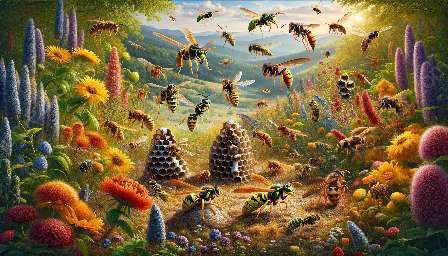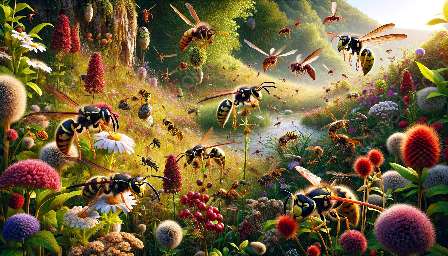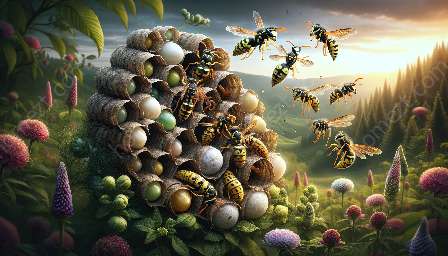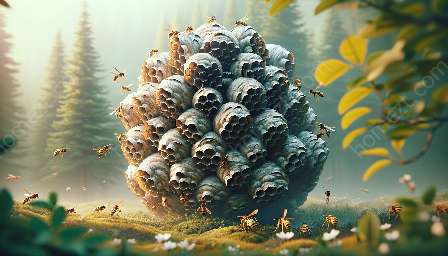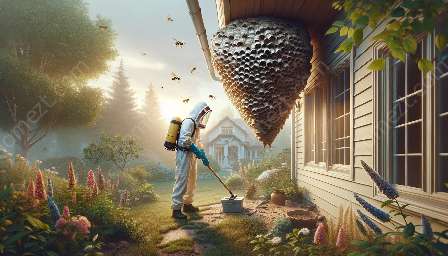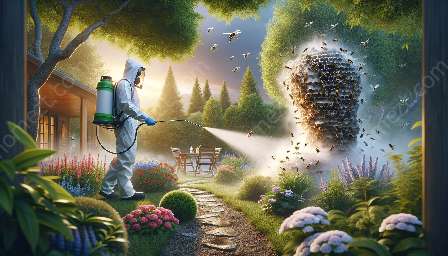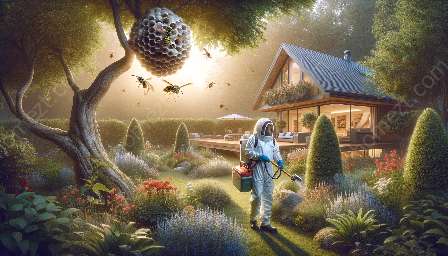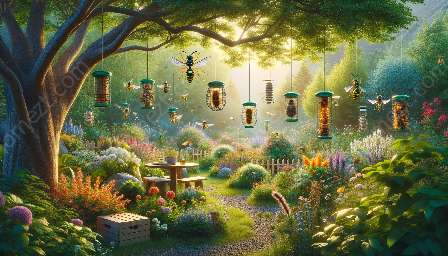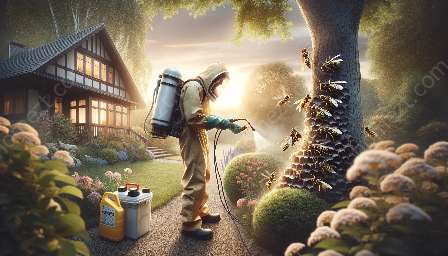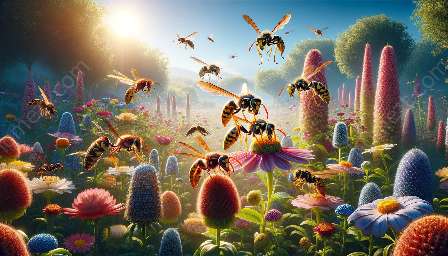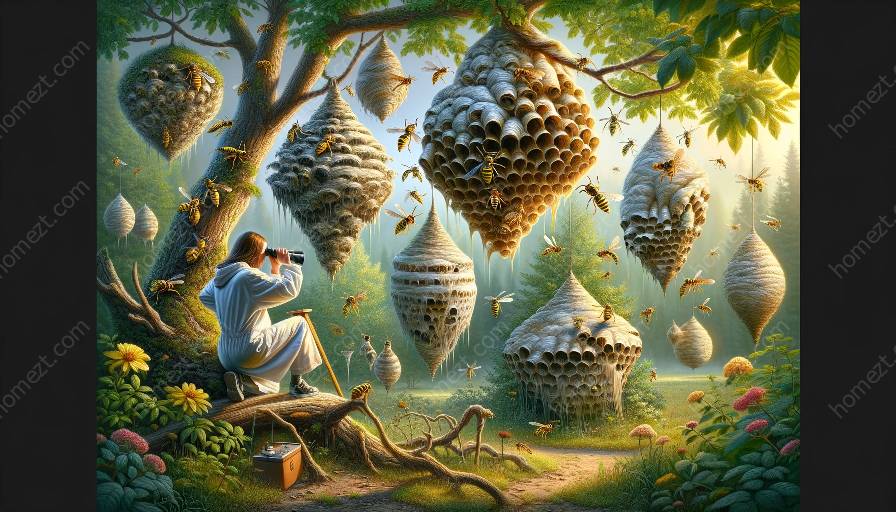Wasp nests can be both fascinating and a potential hazard, making it important to understand how to identify them and address any infestations. This guide will delve into the characteristics of wasp nests, the types of wasps, and effective pest control strategies to ensure a peaceful coexistence with these important pollinators.
The Characteristics of Wasp Nests
Wasp nests vary in appearance and construction depending on the type of wasp. Common characteristics include:
- Location: Wasp nests can be found in various locations, such as trees, eaves, attics, and underground. Understanding where wasps typically build their nests can help in their identification.
- Materials: Wasps construct their nests using a variety of materials, including wood fibers, mud, and saliva. These materials can result in nests with distinct appearances and textures.
- Size: Wasp nests can range in size from as small as a golf ball to as large as a basketball. Recognizing the size of the nest can be crucial for determining the severity of an infestation.
Types of Wasps
It's essential to familiarize yourself with the various types of wasps to better identify their nests and implement the most suitable pest control methods. Common types of wasps include:
- Yellowjackets: These aggressive wasps often construct their nests in the ground or in enclosed spaces. Their nests are made of paper and can grow to be quite large.
- Bald-faced Hornets: Known for their distinct black and white coloration, bald-faced hornets build large, paper-like nests in trees, shrubs, or on buildings.
- Mud Daubers: These solitary wasps create small, tube-shaped nests out of mud, typically found in sheltered areas such as under eaves or in attics.
Identifying Wasp Nests
Recognizing the presence of a wasp nest is critical for implementing appropriate pest control measures. Signs of a wasp nest may include:
- Increased Wasp Activity: A noticeable increase in wasp activity around a certain area can indicate the presence of a nearby nest.
- Visible Nest Structures: Some nests may be visible, especially in trees, shrubs, or on the exterior of buildings.
- Audible Buzzing: If you hear a persistent buzzing sound, especially near the ground or in a sheltered area, it may be a sign of a nearby nest.
Effective Pest Control Strategies
When dealing with wasp nests and infestations, it's crucial to prioritize safety and consider the ecological importance of these pollinators. Here are some effective pest control strategies:
- Professional Inspection: If you suspect a wasp nest on your property, consider seeking the expertise of a professional pest control service to determine the best course of action.
- Preventive Measures: Taking steps to seal potential entry points and eliminate food sources can help deter wasps from establishing nests on your property.
- Safe Removal: If removal is necessary, it's important to do so safely and responsibly. Avoid DIY removal methods and instead enlist the help of a professional with experience in wasp control.
Conclusion
Identifying wasp nests and understanding effective pest control strategies are essential for maintaining a harmonious environment while minimizing the potential risks posed by wasp infestations. By familiarizing yourself with the characteristics of wasp nests, the types of wasps, and implementing safe and considerate pest control methods, you can coexist peacefully with these valuable pollinators.

